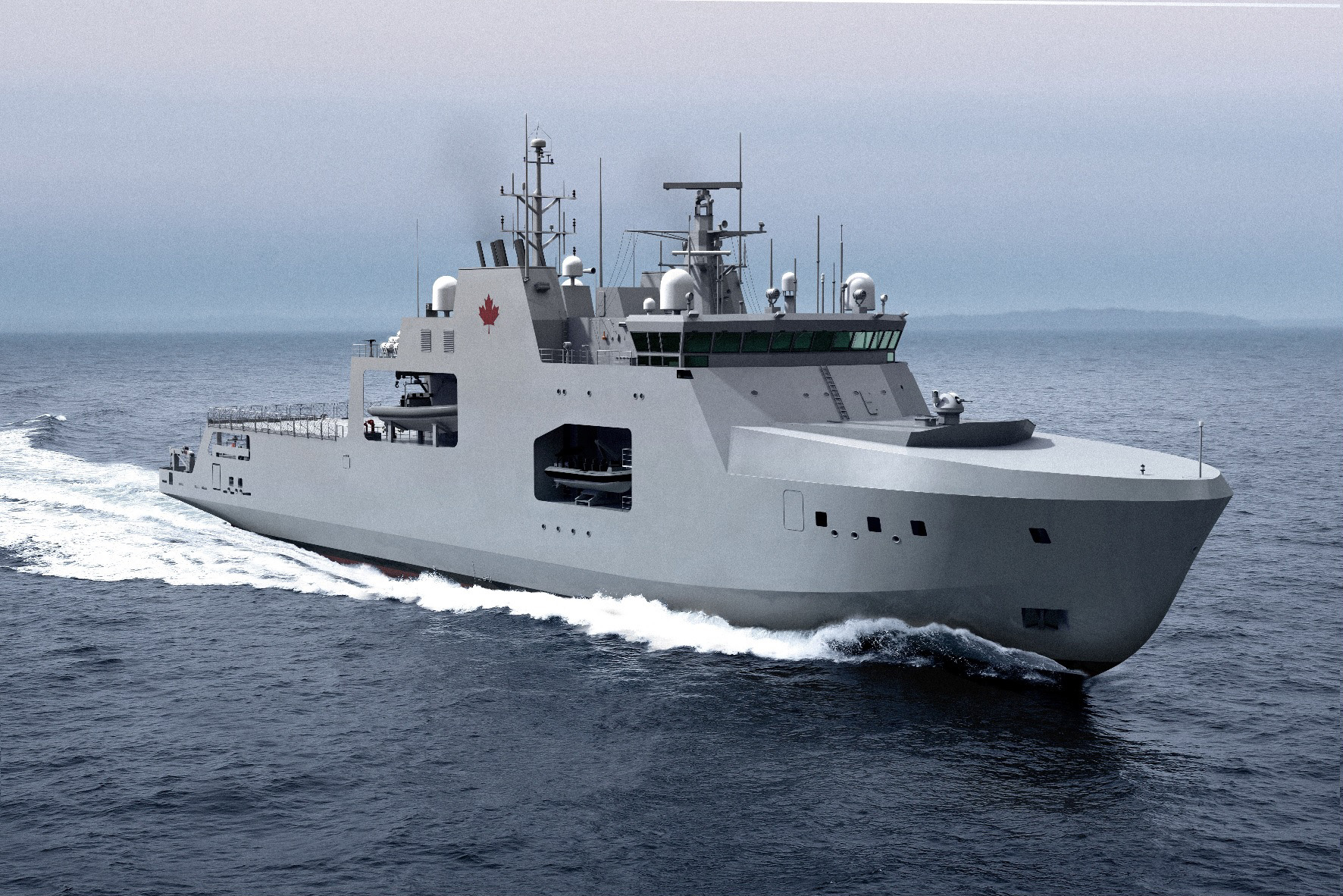Ship/shore ratio.
The book "ideal" ship-to-shore ratio is 40/60, as even part of that 40% is posted to a ship during a work period or trials. It allows for regenerative training and filling the shore billets, while not running your staff ragged. However, that has to be across all trades not just pan navy with one really good trade bringing up the average.
If you take a look at the Arafura class and River class they have flight decks with no hangars. This means you could in theory land a helicopter on them. Ships that small would be very restricted in the sea states they could land (not embark) a helo.
This is why a work deck that can be used as a flight deck is likely the best way to go.
The Skeldar was for trials and testing, and there is a new procurement out for the final solution. RCN want's a common control station for UAV, UUV and USV, and as such that's what they are driving towards.
What I think the requirements should be:
- min 25knots
- 30mm main gun with independent EOIR sighting, 50 cal positions
- ~40 crew
- ability to take multiple sea can mission packages
- mast high EOIR capability (similar to AOPS or JSS)
- half decent range (~5000nm)
- standard 9m multirole boat launch
- extra space for 20 pers (dive team, UXV team, boarding team etc...)
- Link 16 / IFF capability integral (not a FFNW situation)
- flexible OPS space
- improved radar so that it can detect some air targets (SCANTER 6002 as an example)
- edit: Degaussing system...
On the nice to have part:
- quiet ASW levels of noise to allow for TRAPS and mine warfare gear to better do their job
- dynamic station keeping (may be mutually exclusive from quiet...)
- flight deck for landing (not embarking ) Cyclone, operation of UAVs






